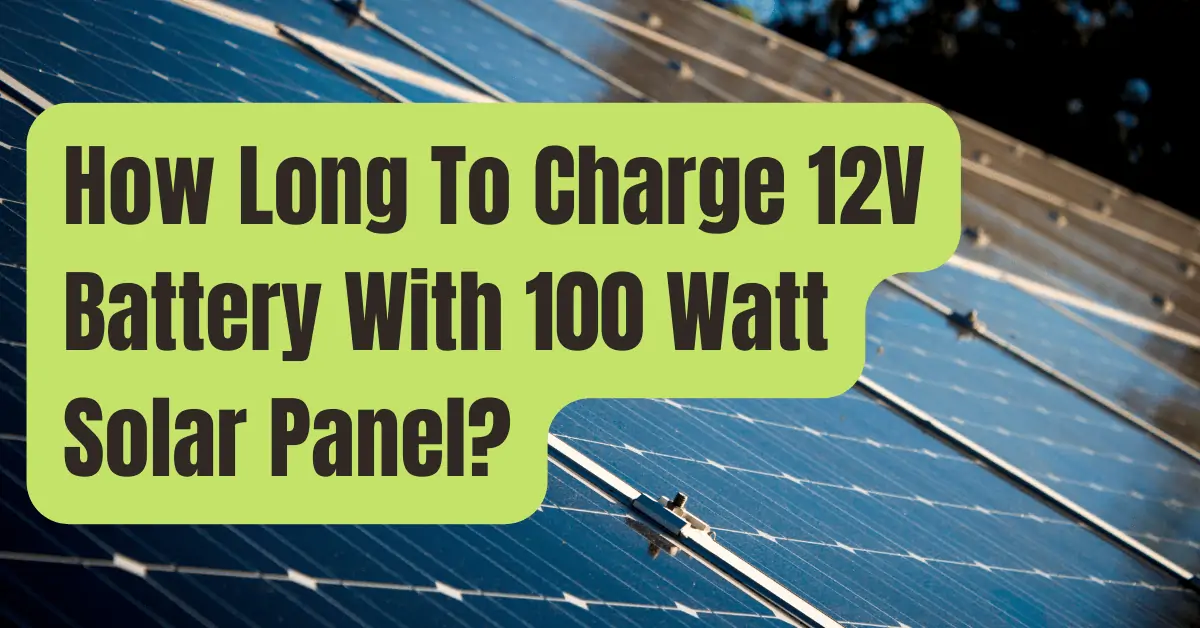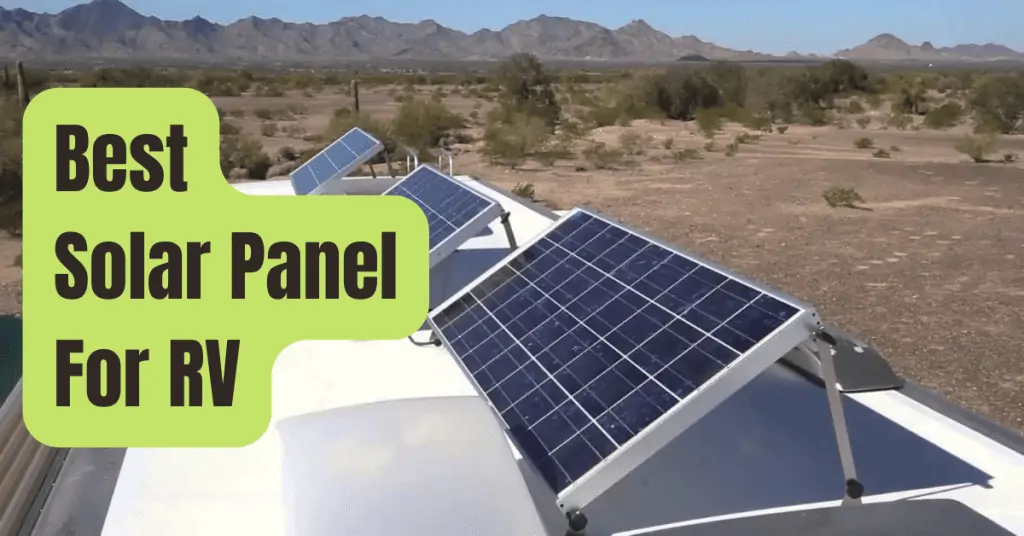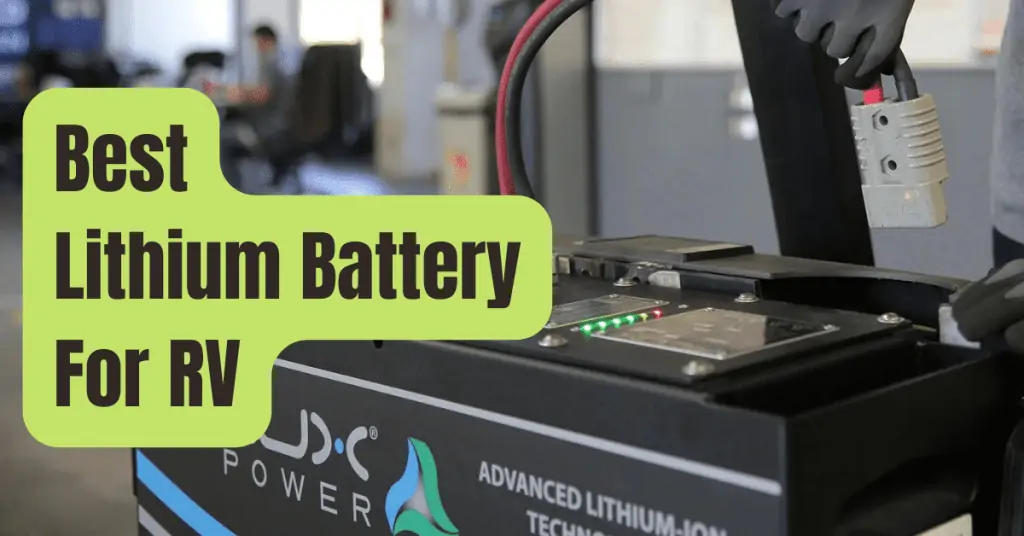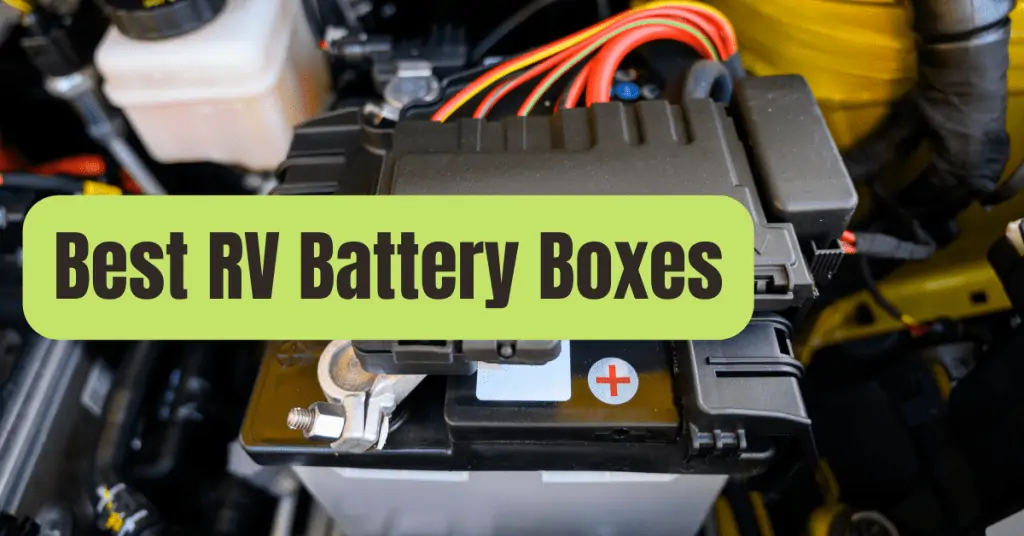How much time does it take a 100W solar panel to fully charge a battery?
Solar panel charging of 12 volt batteries is a fantastic technique to harness solar energy.
Before matching the appropriate solar panel to a certain battery, there are a few factors we need to understand.
When I initially utilized solar power to recharge my vehicle battery, I was essentially operating in the dark.
I just connected a fairly large solar panel.
Poor idea!
You should be aware of the following before considering using solar power to recharge batteries:
What is the battery’s capacity when completely charged?
How far is it typically released?
Where are you right now?
Which kind of solar controller are you going to employ?
Utilizing a 100 watt solar panel, it will take 2 hours to fully recharge a typical size 12v 50Ah automobile battery that has been 20% drained.
With a 100 watt solar panel, it will take 4 hours to fully recharge a deep cycle 12v 50Ah battery that is 50% drained.
Both instances presuppose an MPPT controller and a current of 5.75 amps.
Sizes Of 12 Volt Automobile Batteries What Sizes Do Automobile Batteries Come In?
Battery sizes may refer to either the electrical capacity or the actual dimensions represented as kinds, such as the most popular 24, 24F, 25, 34, 35, 51, 51R, 52, 58, 58R, 59, and 65 designations.
These are used when it comes time to install the proper batteries in the engine of your car.
We talk about electrical capacity in Ah when discussing solar charging.
The amp-hour capacity of contemporary automobiles ranges from 40 to 100 Ah, with some larger diesels being able to reach 120 Ah.
Video: Defining Battery Amp-hours
What Exactly Do The Amp Hours On A Vehicle Battery Mean?
Car batteries are really unique.
They are designed to produce a significant amount of current (measured in amps) for a brief time, just long enough to start an engine.
An auto battery may be able to provide up to 900 amps for 10 or 20 seconds.
However, it can’t maintain this for very long before discharging.
It’s not recommended to deplete a 12 volt automotive battery more than 15 to 20 percent.
As soon as the engine starts, the alternator completely charges the battery rapidly and keeps it charged and ready to go.
A 50 amp-hour battery should theoretically be able to produce 5 amps for 10 hours and 50 amps for an hour, however this isn’t the case.
The battery’s capacity decreases with increasing current, therefore it will provide far less energy than the 50Ah that was stated.
What Distinguishes A Deep Cycle Battery From A Vehicle Battery?
Deep cycle batteries are not like automobile batteries; they can withstand medium-level currents for a few hours without experiencing any damage.
Similar to vehicle batteries, less overall capacity may be drawn overall the greater the current demand.
The total capacity will decrease as the temperature rises.
What Are The Uses Of Deep Cycle Batteries?
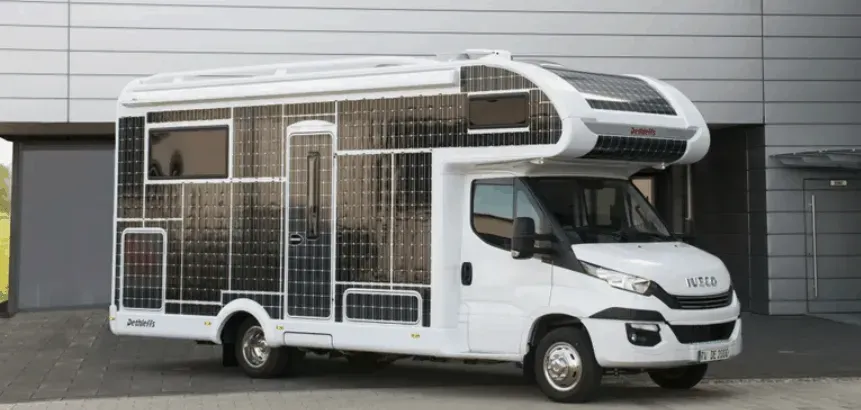
Deep-cycle batteries, sometimes referred to as “leisure” batteries, are utilized in RVs.
Deep cycle batteries are perfect for applications that need steady current consumption, like as lights, televisions, etc.
They may also be used to power intermittent devices, such water pumps.
They are used in nautical settings and by RVs as a result.
Deep-cycle batteries for RVs are also called “leisure” batteries.
In a way, marine-type deep cycle batteries are a cross between the two sorts since they are a tougher breed and can start an engine.
How To Calculate The Capacity Of A Vehicle Battery
When monitoring the terminal voltage of a 12 volt lead-acid battery, a basic multi-meter may be used to determine the DOD, or Depth of Discharge, of the battery.
Table Displaying A Lead-Acid Battery’s Terminal Voltages In Relation To Its % Capacity
| State Of Charge % (12 V Lead-Acid) | Battery terminal voltage |
| 100 | 12.73 |
| 90 | 12.62 |
| 80 | 12.50 |
| 70 | 12.37 |
| 60 | 12.24 |
| 50 | 12.10 |
| 40 | 11.96 |
| 30 | 11.81 |
| 20 | 11.66 |
| 10 | 11.51 |
How To Assess The Health Of A Vehicle Battery
A good battery will have a terminal voltage of around 12.6 volts after standing for a few hours, according to various car blogs I’ve read.
This, in my opinion, is a poor method of assessing battery health.
You can see from the table above that the voltage may be helpful in providing some indication of the stage of discharge, but there is one element that is missing: the load.
How the terminal voltage reads while the battery is supplying current is the true test of a good battery.
When the engine is turned on, the volts will decrease if one of the cells is broken or worn out.
Asking your neighborhood service center or garage how to test your battery is the simplest course of action.
They have a tester that attaches to the terminals, pulls a load, and has an indicator that displays the battery’s condition.
How Are The Watts Of Solar Panels Measured?
The term “solar panel watts” is fairly difficult, and several “rule-of-thumb” calculations are used.
A 100 watt solar panel’s open circuit voltage (Voc) is often approximately 22 volts, and its short circuit current (Isc) is typically 5.75 amps.
The following is a description of a 100 watt panel from Windynation:
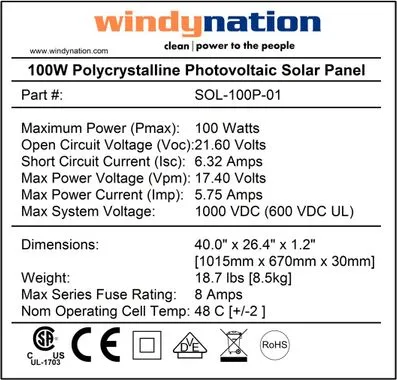
The Maximum Power Point (MPP) of the panel denotes the maximum power in volts and current.
The major conclusion is that this solar panel’s Maximum Electricity Point, at Voc = 17.40 volts, provides the most power.
We’ll talk more about this later.
How Many Watts Does A Solar Panel Generate Each Day?
People often discuss the amount of current that a solar panel produces, however this statistic is frequently not particularly informative.
For instance, if a cloud passes over, the output of the panel may dramatically decrease, yet other times it may see intense sunlight.
What Does The Term “Irradiance” Imply, And How Is It Calculated?
Utilizing an average daily irradiance value, expressed in kWh/m2/day or year, is a certain approach to determine the output in watts of a solar panel.
This number is sometimes referred to as peak sun hours.
Watt-hours are produced by dividing the wattage rating of a solar panel by this number.
During an approximate estimate of panel size, an average value of 4 for peak solar hours is often utilized.
100 watt solar panel output = 100W x 4 peak.-sun-hours = 400 watt-hours (Wh)
In Your Neighborhood, How Many Peak Sun Hours? How To Locate The Best Solar Hours
All geographical places get varying amounts of irradiation from the sun.
Using historical data from sources like the Global Solar Atlas is the simplest approach to evaluate the energy supply in your city.
To illustrate, look at the illustration below.
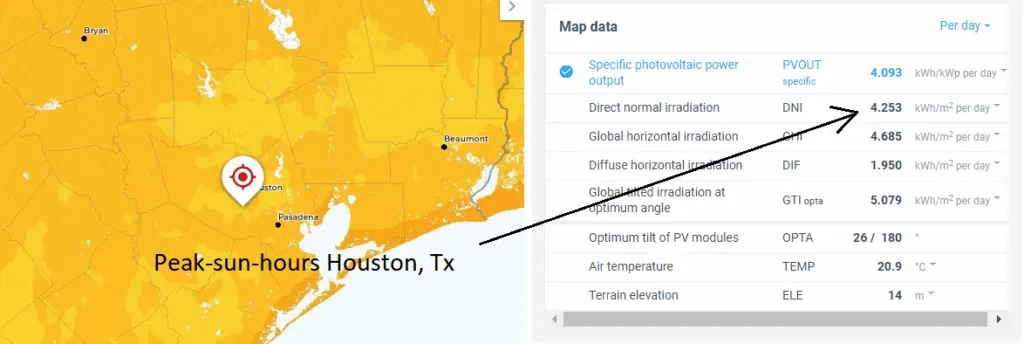
Enter your location and see the irradiance at the height of the sun.
How Long Would It Take For A 100W Solar Panel To Fully Charge A 12V Battery?
#1. Table: 100 Watt Panel In Comparison To Ah
| With a 100 watt solar panel, the shortest possible charging time (hours) | ||
| 12 volt battery size in Ah | Car battery discharged 20% | Deep-cycle discharged 50% |
| 40 | 1.4 hours | 4.2 hours |
| 60 | 2.5 | 6.3 |
| 80 | 3.4 | 8.4 |
| 100 | 4.2 | 10.5 |
| 120 | 5 | 12.6 |
#2. Is A Solar Charge Controller Necessary?
In order to charge a 12 volt battery with a 100 watt solar panel, you most surely need a solar charge controller.
If not, there is a chance that you’ll overcharge it and break it.
#3. Which Charging Controller, MPPT Or PWM, Is Superior?
Even though MPPT charge controllers may be up to 35% more efficient than PWM ones, utilizing one in low-power applications is often not worth the cost.
However, MPPT can be worthwhile if you live somewhere with low irradiance or periodic cloud cover.
How do they function?
Simply said, every solar panel has a standard resistance, which for a 100 watt solar panel is generally 3 ohms.
When all linked loads have the same resistance, or when they are matched, the maximum charging current flows.
To optimize the current output of the panel and speed up battery charging, an MPPT charge controller modifies its internal resistance to match the solar panel.
How Much Solar Power Is Needed To Fully Charge A Deep Cycle Battery?
The response is dependent on two factors:
- What is the capacity of deep-cycle batteries?
- What does Depth of Discharge (DoD) mean for batteries?
I find it handy to convert battery ratings from ampere-hours (Ah) to watt-hours (Wh).
In this manner, the energy generated by the solar panels and the energy needed by the battery are closely related.
By dividing the Ah by the battery voltage, one may calculate the battery watt-hours.
For instance:
For a 100Ah deep-cycle battery, 1200 watt-hours are equal to 100 x 12 volts.
Deep-cycle lead-acid batteries may be depleted to 80%.
However, if you want a lengthy battery life, 50 percent is advised.
In this instance, solar energy is required to replace 50% of the overall battery capacity.
1200Wh/2 = 600Wh of solar energy is needed to charge a deep cycle battery with 50% DoD.
The amount of energy that a solar watt may generate depends on the local irradiance (energy from the sun).
It is sometimes referred to as “peak-sun-hours” and is expressed in kWh/m2/day.
It is possible to estimate solar output using this number: 1 solar watt can produce 4 watt-hours each day.
600/4 = 150 watts of solar panel power is required to charge a 600Wh battery in one day.
A 100Ah battery would need 960/4 = 240 watts of solar power if it were 80 percent depleted.
A 100Ah battery would need 300 watts of solar power to fully recharge in a day if it were entirely discharged.

